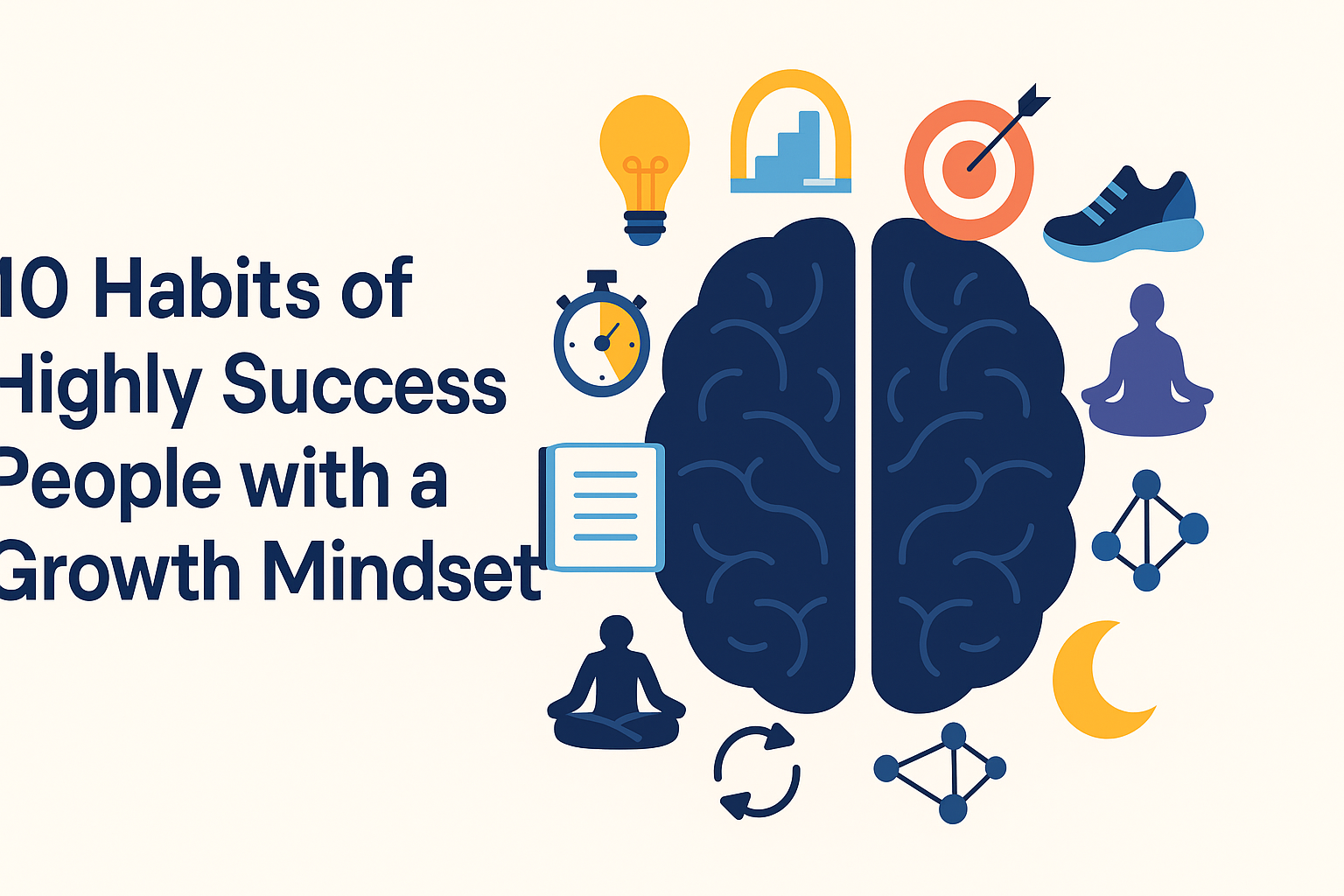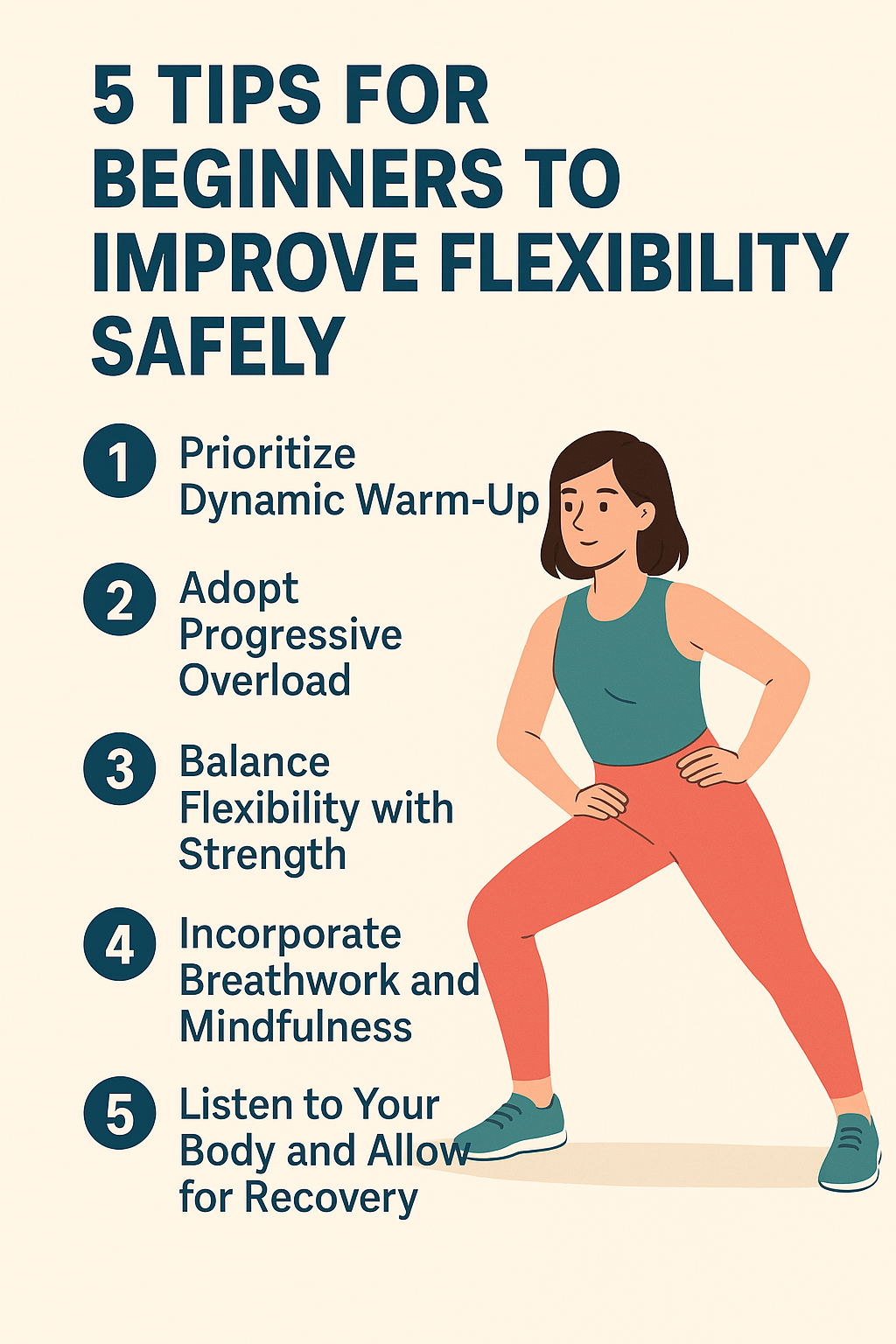You don’t need to spend a lot of money on gym equipment or spend hours at the gym to get fit. A well-planned stretching exercise that you undertake for just 10 minutes a day can make you significantly more flexible, lower your muscle tension, improve your posture, and lower your chance of getting hurt12. This short, evidence-based program may fit into your everyday life, whether you’re a busy professional, a stay-at-home parent, or an athlete who wants to grow better at what they do.
Stretching every day makes you more flexible and lets you move around more. Stretching keeps your muscles supple and makes them more flexible, which is crucial for doing things every day, playing sports, and not getting hurt.
Stretching regularly helps loosen up tight muscles like the hamstrings and hip flexors, which makes your back feel better and more comfortable.
When your muscles are tense, they can pull your joints out of place, which makes your posture better. Stretching helps with these issues, which makes it simpler for you to stand up straight and relieves weight off your back.
Stretching gently gets more blood to your muscles and joints, which helps them repair and get the nutrients they need.
Stretching for a little while gets the parasympathetic nervous system functioning, which helps you relax and feel less stressed.
Safety Tips and Rules to Follow
- Do a brief warm-up.
Do some light aerobics for 1 to 2 minutes, like marching in place or performing arm circles, to warm up your muscles and get them ready to stretch. - Pay attention to what your body is saying.
Stretch until you feel some tension, but not discomfort. If you experience sharp or strong pain, stop what you’re doing to avoid getting harmed. - Don’t bounce, hold.
Don’t move as you hold each stretch for 20 to 30 seconds. Don’t do ballistic (bouncing) movements because they can hurt your muscles. - Take a deep breath.
Before you stretch, take a deep breath and let it out as you relax into the stretch. Deep breathing from your diaphragm helps you relax and get more oxygen. - Keep it up.
Flexibility increases happen over time, not all at once. If you practice every day for at least 4 to 6 weeks, you’ll see tremendous changes.
The Daily Stretching Routine for 10 Minutes
This is a balanced sequence that engages all the major muscle groups. If the stretch is one-sided, do each side for 30 seconds, progressing smoothly through the series.
| Minute | Stretch | Target Area |
|---|---|---|
| 0–1 | Warm-up: march slowly and wave your arms. | The full body |
| 1–2 | Tilts and Rotations of the Neck | Muscles in the neck |
| 2–3 | Shoulder rolls and arm stretches across the body. | Shoulders and upper back |
| 3–4 | Chest Opener (Stretch in a Doorway) | Chest |
| 4–5 | Seated hamstring stretches | Hamstrings |
| 5–6 | Standing Quad Stretch | Quadriceps |
| 6–7 | Hip Flexor Lunge Stretch | Hip flexors |
| 7–8 | Calf stretch (foot on a wall or step) | Gastrocnemius and Soleus |
| 8–9 | Figure-Four Glute Stretch | Piriformis and Glutes |
| 9–10 | Child’s Pose | Shoulders and Lower Back |
Tip: If you need to, utilize blocks and straps to assist you stay in the appropriate position while you do yoga.
1. Get ready (0–1 min)
Method: March in place with your knees up or do jumping jacks at a slow pace. While keeping your body steady, move your arms back and forth at the same time.
Pro: It warms up the core and gets the nervous system ready.
2. Rotations and Tilts of the Neck (1–2 min)
How to do it:
- Side Tilt: Slowly move your right ear toward your right shoulder and keep it there for 15 seconds. Then switch sides.
- Rotation: Slowly swivel your head to the right and stare over your right shoulder for 15 seconds. Then, exchange sides.
Be careful: Don’t put too much tension on your neck and maintain your shoulders relaxed.
3. Shoulder rolls and stretching your arms over your body (2–3 min)
Rolls of the shoulders:
- Five rolls forward and five rolls back.
Putting your arm across your body: - For 30 seconds, cross your right arm over your chest and hug it with your left arm. Then switch.
4. Chest Opener Doorway Stretch (3–4 min)
Put your forearms on either side of a doorway at shoulder height and lean forward until you feel a stretch in your chest.
5. Seated hamstring stretches (4–5 min)
How to do it:
Straighten one leg and bend the other such that the sole contacts the inside of the thigh. Bend at the hips and touch your toes.
6. Standing Quad Stretch (5–6 min)
How to do it:
Stand up straight and reach behind you to hold your right ankle. Gently move it toward your butt while keeping your knees close. Switch sides.
7. Hip Flexor Lunge Stretch (6–7 min)
How to do it:
From a standing lunge, put your right leg on the ground and thrust your hips forward. You should feel the stretch at the front of your hip. Change.
8. Calf Stretch (7–8 min)
Push against the wall:
- Put your hands on a wall and step back with one leg. Keep your heel down and lean forward.
Make your steps longer: - Stand on a step with your heels hanging over the side. Let your heels fall to stretch them.
9. Figure-Four Glute Stretch (8–9 min)
How to do it:
Cross your right ankle over your left thigh while lying on your back. Put your hands behind your left hamstring and draw them toward your chest. Alter.
10. Child’s Pose (9–10 min)
How to do it:
Put your arms out in front of you, sit back on your heels, and rest your forehead on the mat.
Putting the Plan into Action
- Morning Boost: To start your day off well, complete this routine while having a glass of water and catching some sun.
- Midday Reset: Set a timer for midday and go away from your devices for a while to get your body moving again.
- Pre/Post–Workout: You can use it as a warm-up before or after an exercise, but don’t hold it for more than 15 seconds.
- Evening Wind-Down: Do this practice before bed to help your muscles relax and sleep better.
How to Make the Most of Your Job
- Writing down progress: Writing down how far you can reach or how long you can hold stretches over time will help you remember.
- Stay Hydrated: Drinking enough water stops your tissues from being stiff.
- Pair with Strength Training: For movement to be useful, you need to be strong and flexible at the same time.
- Mind-Muscle Connection: Concentrate on the muscle you want to work out; this helps it operate better.
- Don’t Overstretch: Relax; stretching too much can make your ligaments less tight.
These are common questions that a lot of people have.
- Can I use this routine instead of warming up?
The first thing you do in this routine is a short warm-up. Add techniques like high knees and butt kicks to your tough workouts to make them more interesting before you lift weights or do cardio. - When will I start to feel more flexible?
A lot of people notice tiny results in 2 to 3 weeks if they practice it every day. Usually, substantial changes appear after 6 to 8 weeks. - Is 10 minutes adequate for serious athletes?
Yes, for regular maintenance and little improvements. Athletes who participate may need longer flexibility sessions that are specific to their sport. - Is it okay to do this routine on days off?
Of course, yes. On days when you don’t work out, simple stretching promotes blood flow without putting too much strain on the muscles. - Is it appropriate to stretch muscles that are cold?
No, you should always warm up for a bit prior to decrease your risk of getting wounded. - Is it normal to be in pain?
You might feel a little uncomfortable, but if you feel a sharp or strong pain, you are going too far and should stop right immediately. - Do I need any tools?
If you want one, all you need is a yoga mat and a strap or block. You don’t need any fancy tools. - Will this help senior people?
Yes. People who are older than 65 often experience tightness in their bodies. Stretching every day might help you stay balanced and minimize your chances of falling. - How can I tell whether my form is right?
Check yourself out in a mirror or on video. You might also ask a fitness professional what they think. - Is it better to stretch in a way that doesn’t move or in a way that does?
Static stretching is a fantastic approach to get more flexible every day. Dynamic stretching might be a better technique to warm up before playing sports.
Final Thoughts
Stretching for just 10 minutes a day can enhance your health, make you more flexible, and reduce your discomfort. If you follow this practice, which was created by specialists and is based on both scientific study and real-life experience, you will develop a habit that will make you more flexible, improve your posture, and make you perform better physically. To make sure you make development safely and over the long run, always put in the effort, be conscious of what you’re doing, and pay attention to your body.
Start completing this practice every day starting now. In only a few weeks, you’ll feel more free in your motions, which will give you strength in every step, stretch, and stride.
References
- American Council on Exercise. Benefits of Flexibility Training. Retrieved August 1, 2025, from https://www.acefitness.org/education-and-resources/lifestyle/blog/
- Mayo Clinic. Stretching: Focus on Flexibility. Retrieved August 1, 2025, from https://www.mayoclinic.org/healthy-lifestyle/fitness/in-depth/stretching/art-20047931
- Harvard Health Publishing. The Importance of Flexibility. Retrieved August 1, 2025, from https://www.health.harvard.edu/staying-healthy/the-importance-of-flexibility
- National Academy of Sports Medicine. Muscle Imbalances and Posture. Retrieved August 1, 2025, from https://www.nasm.org/resources/articles/muscle-imbalances
- Cleveland Clinic. Posture Basics. Retrieved August 1, 2025, from https://my.clevelandclinic.org/health/articles/12316-posture-basics
- Journal of Strength and Conditioning Research. “Blood Flow and Stretching.” 2020.
- Frontiers in Psychology. “Stretching and Stress Reduction.” 2018.
- Sports Medicine. “Warm-Up Protocols.” 2019.





































